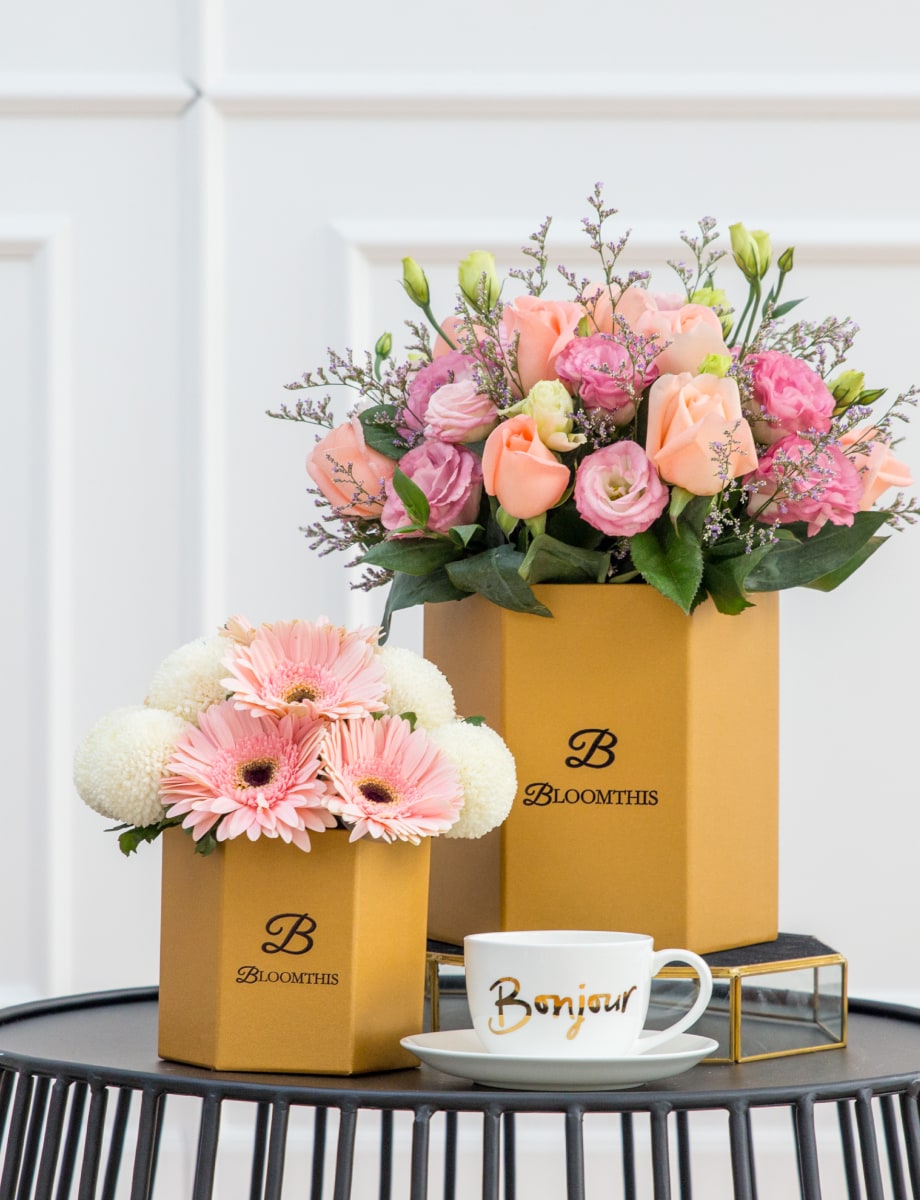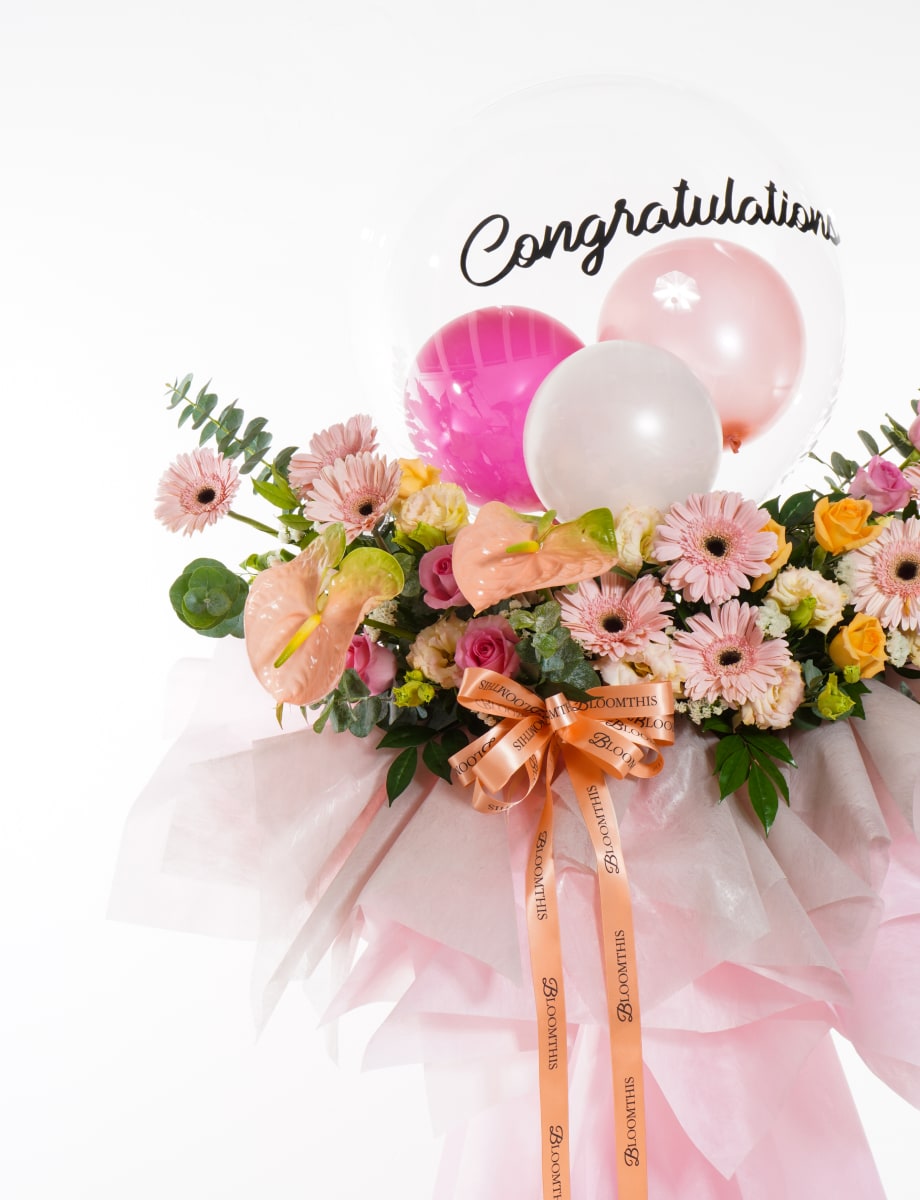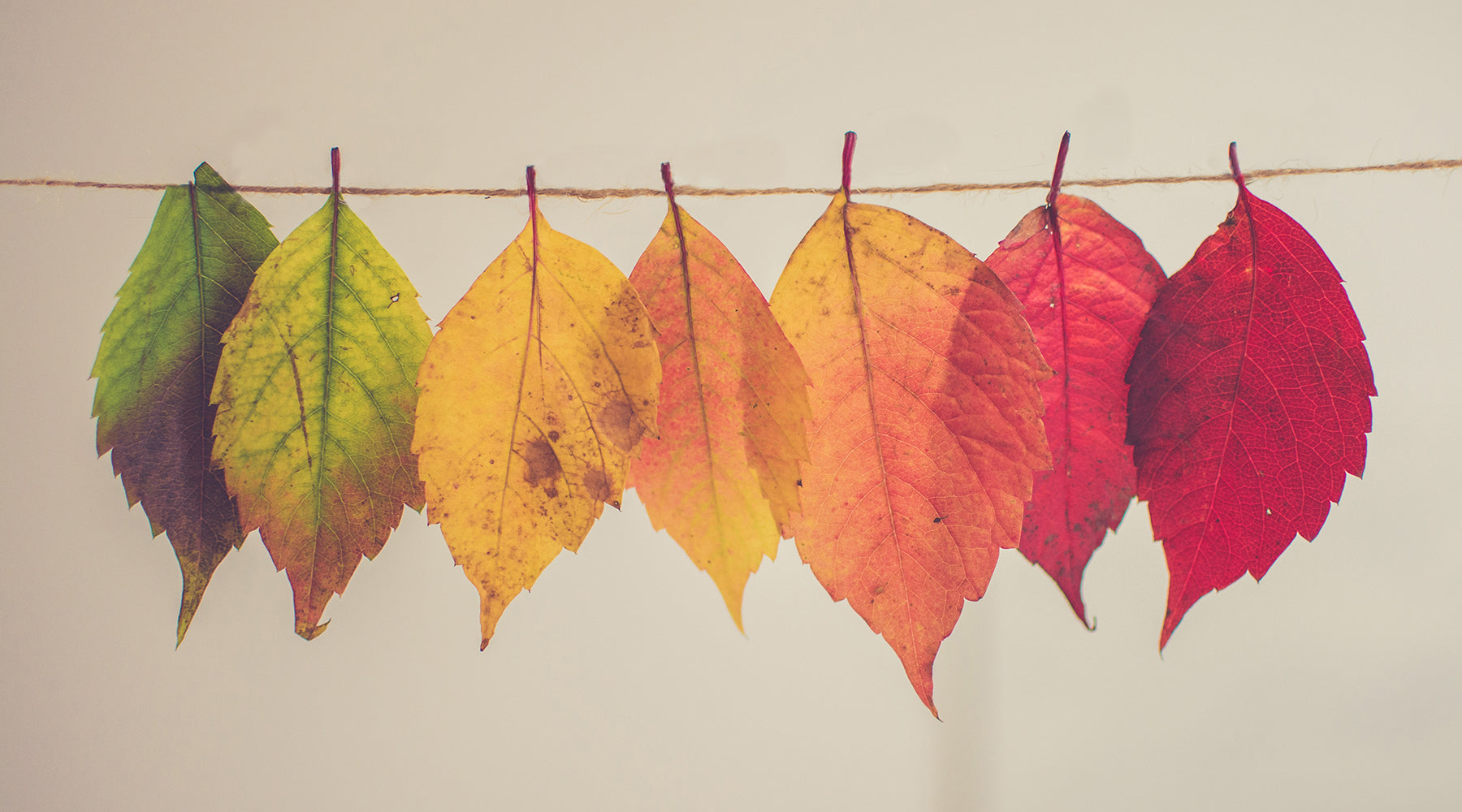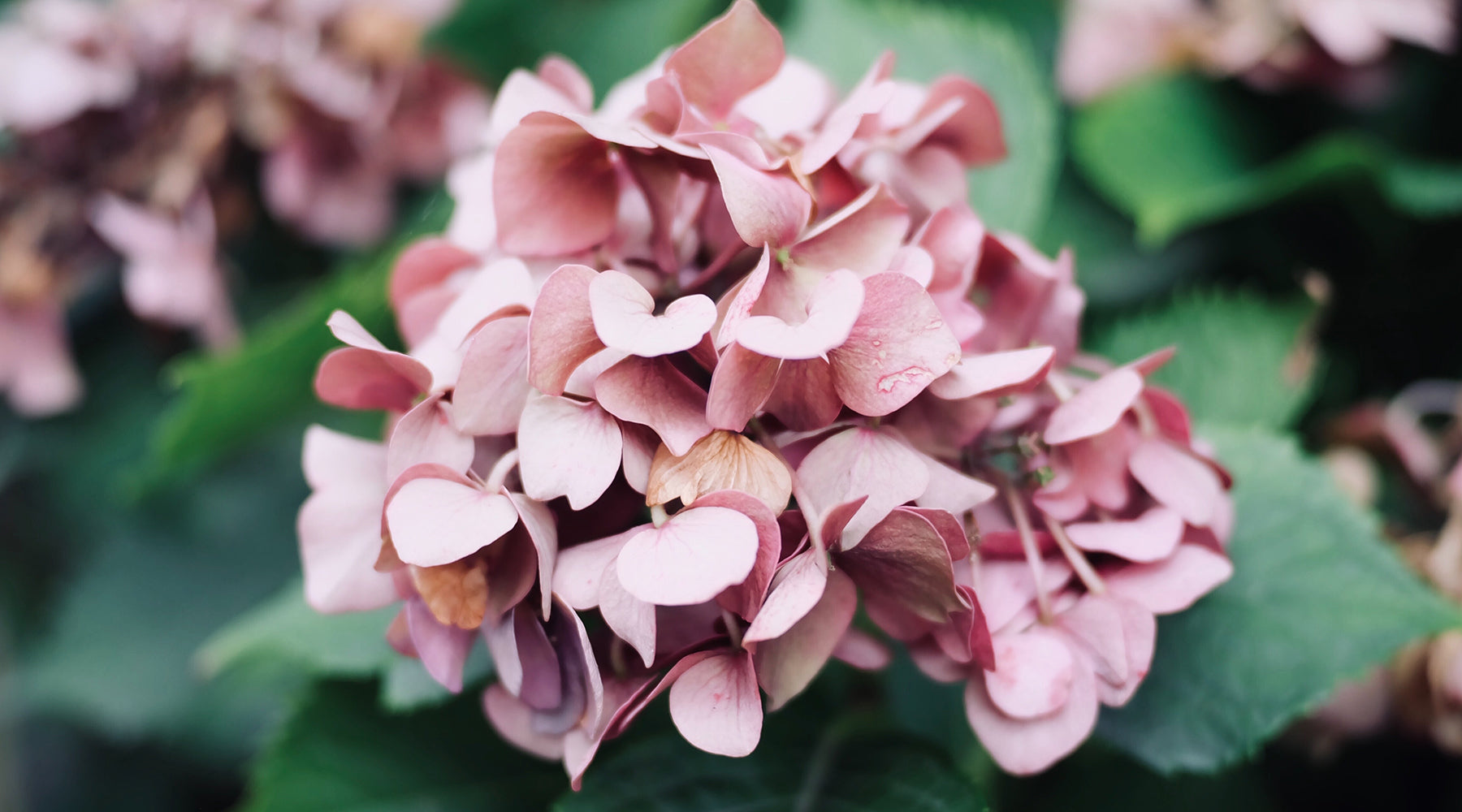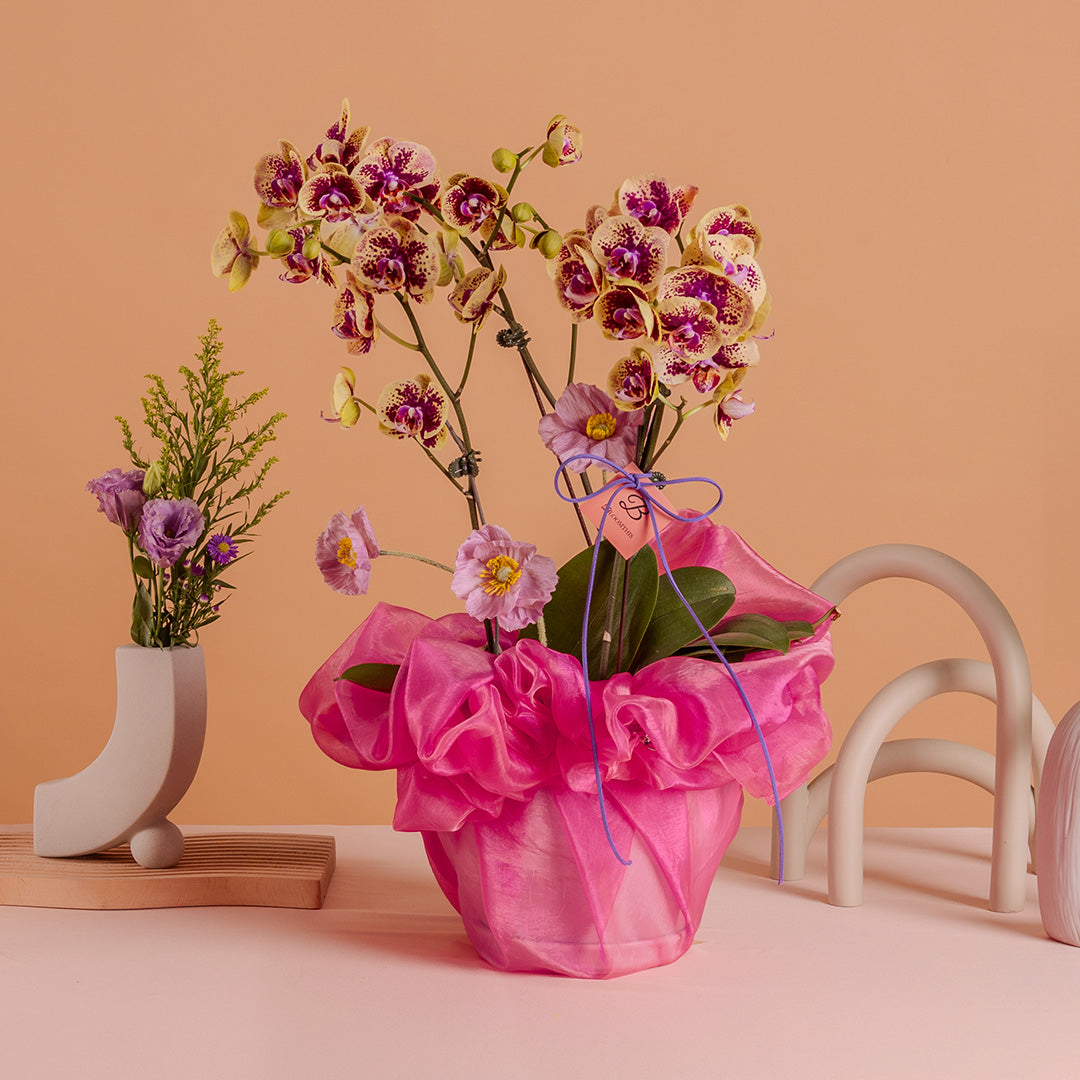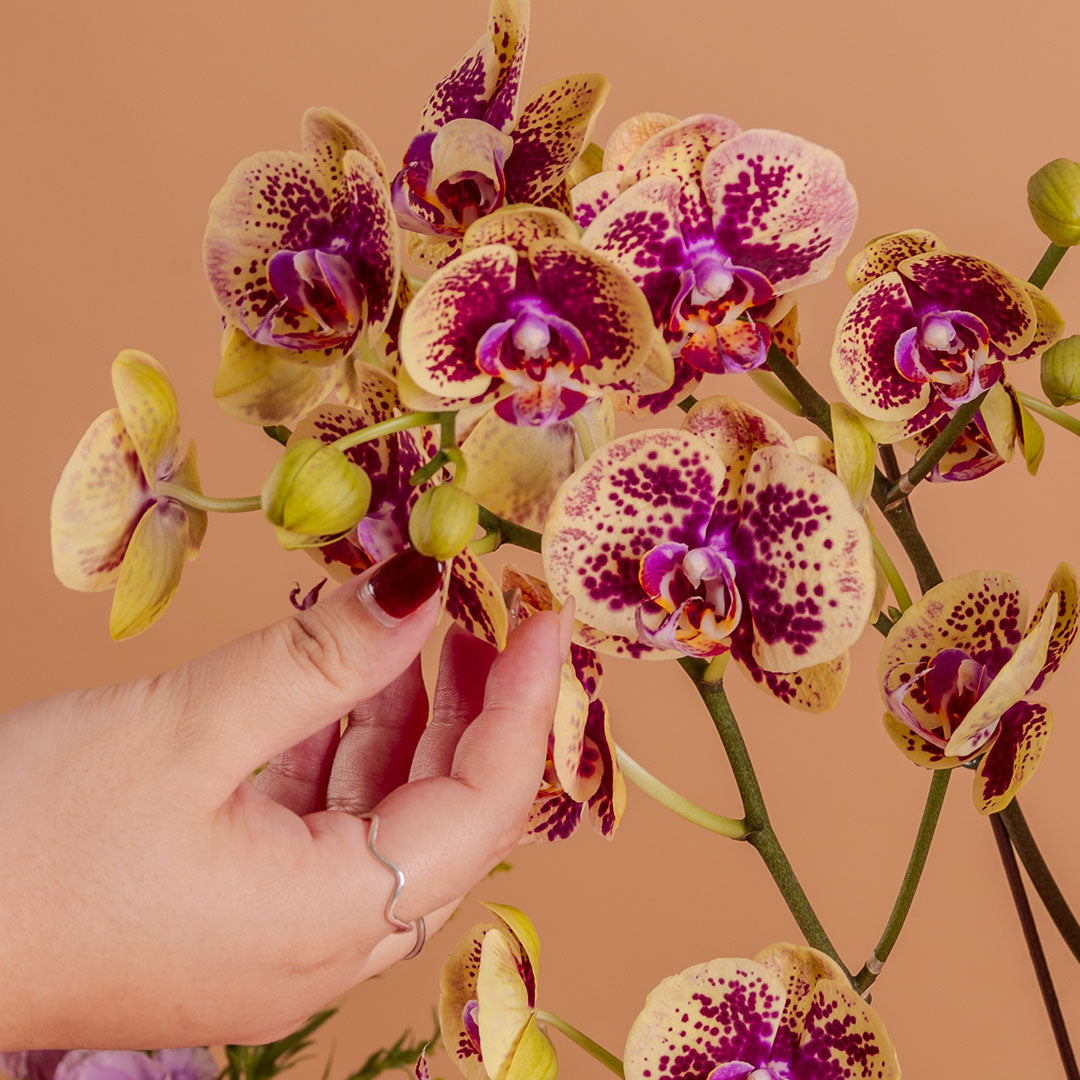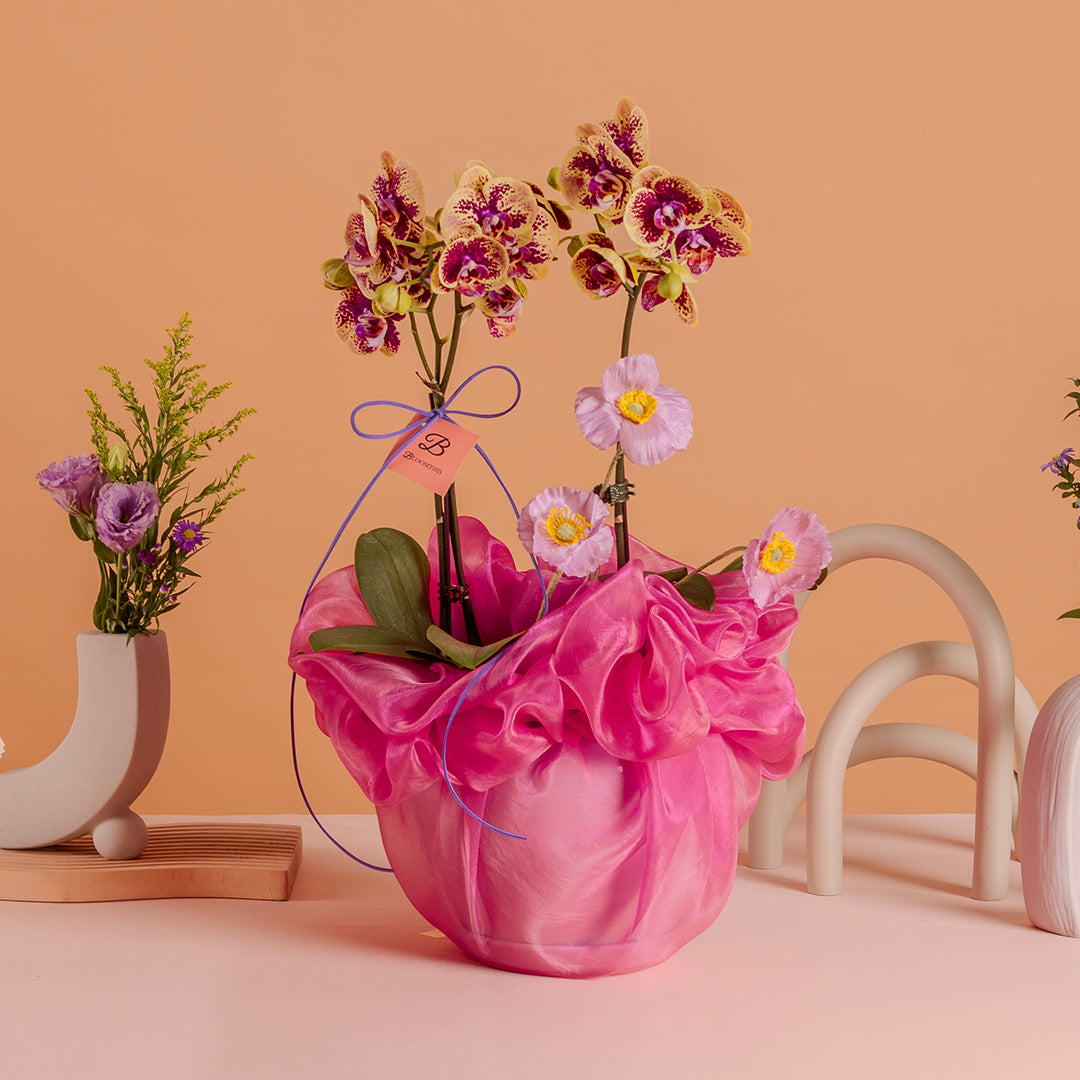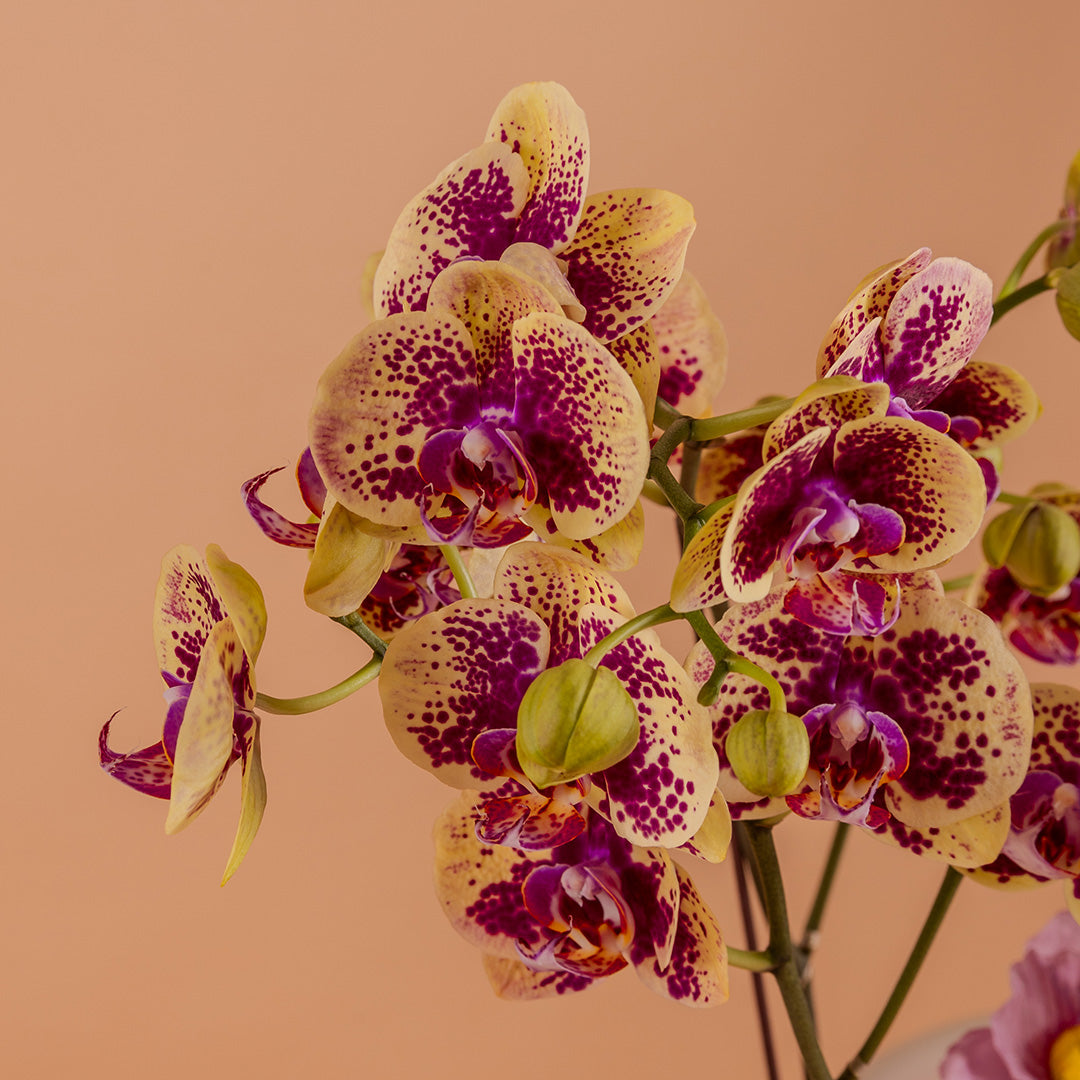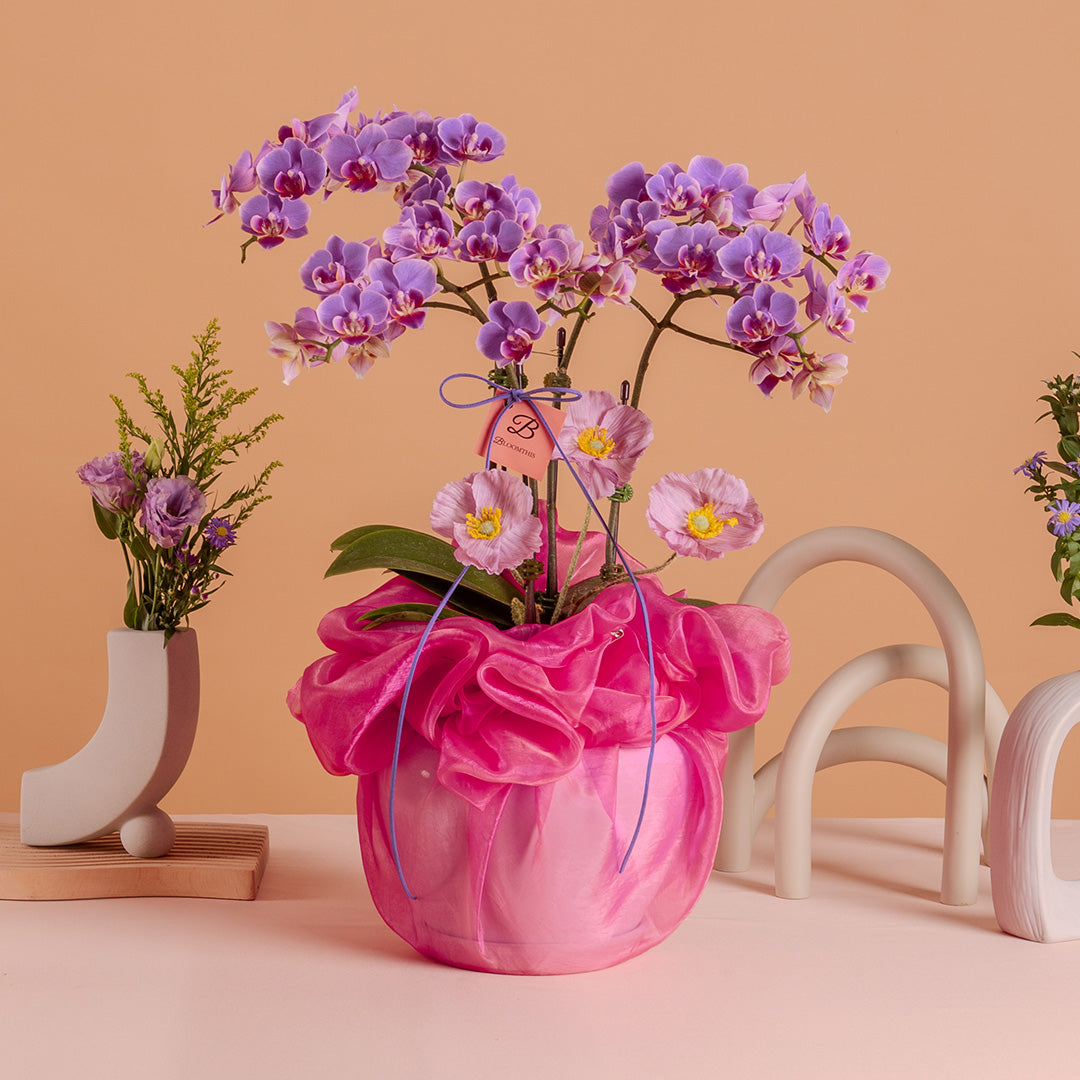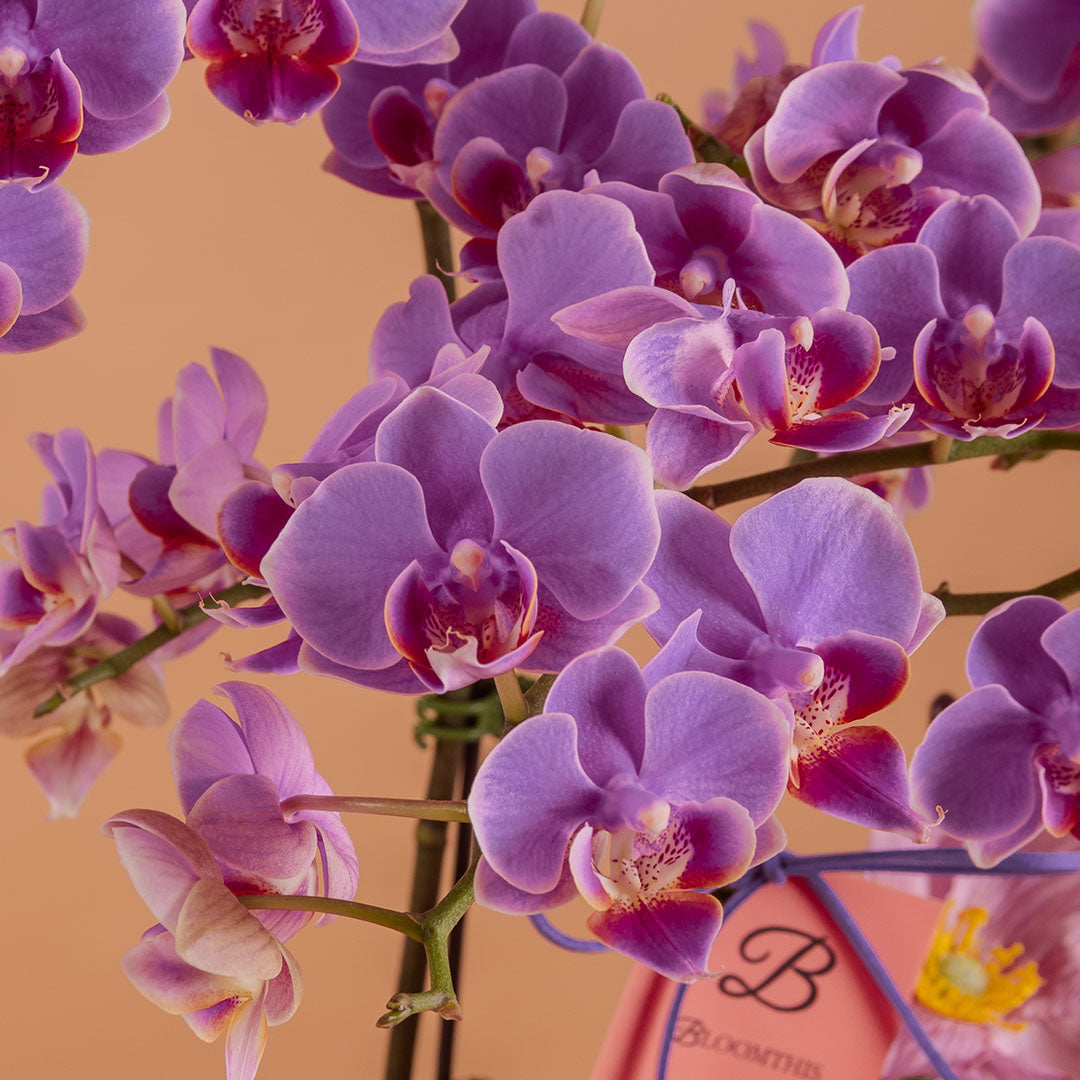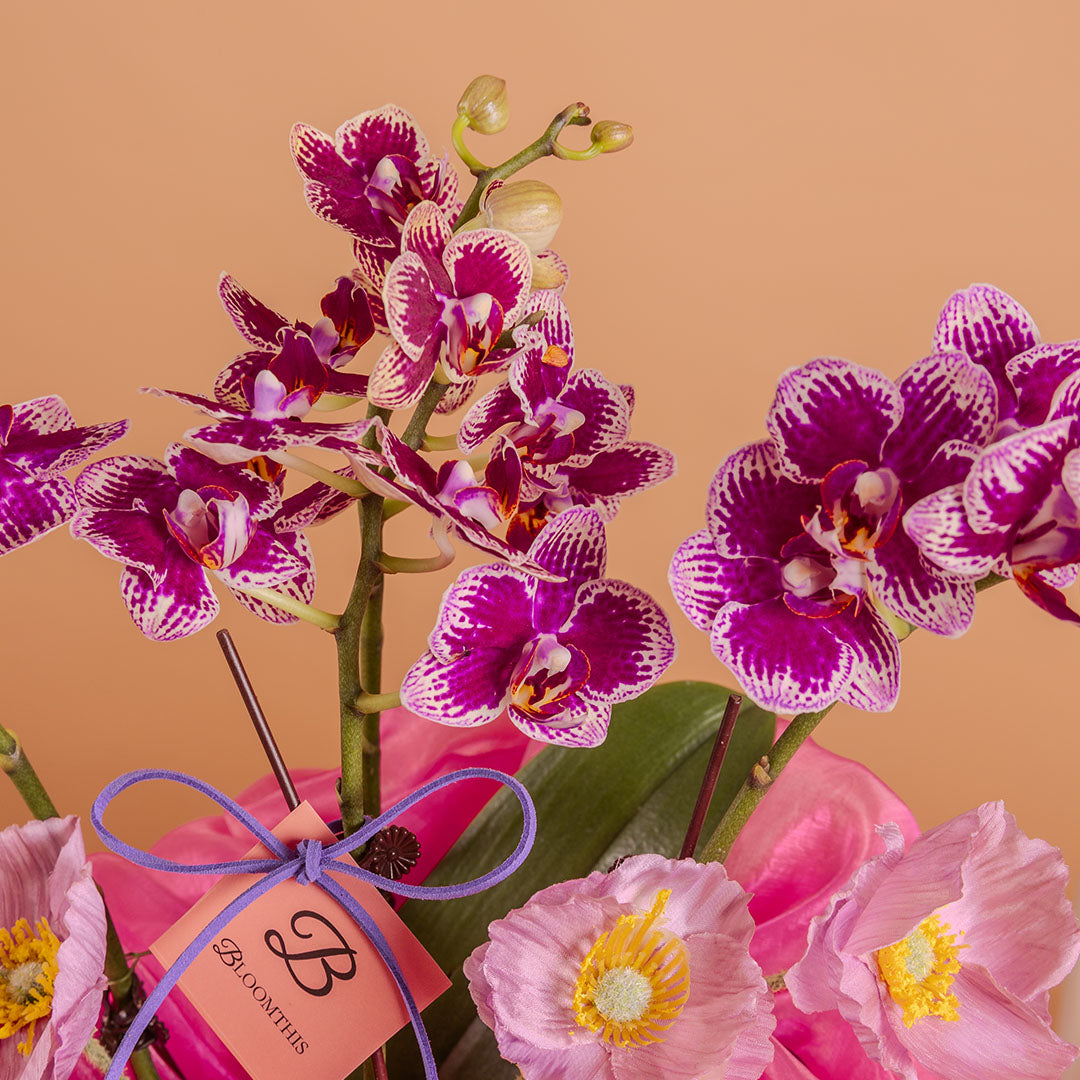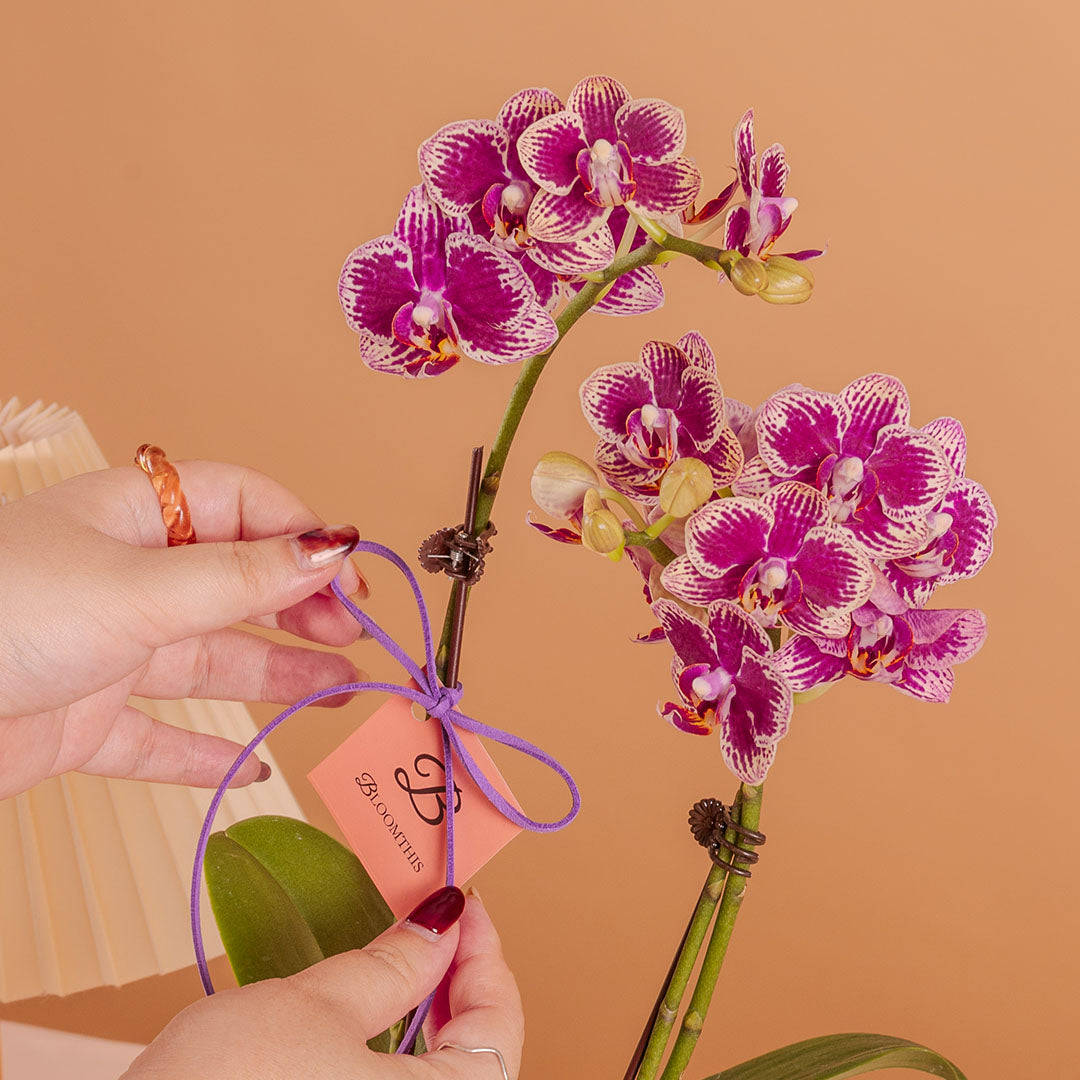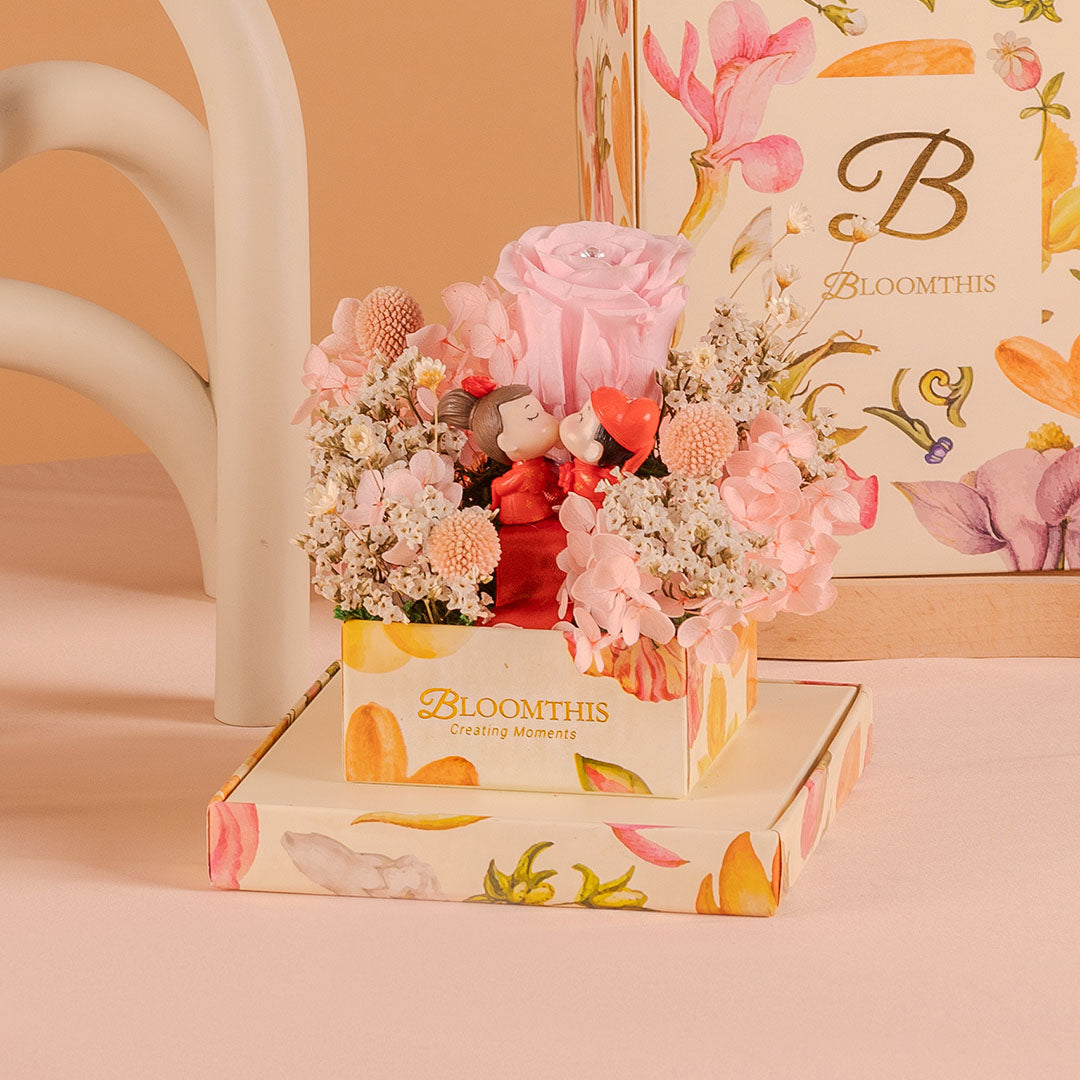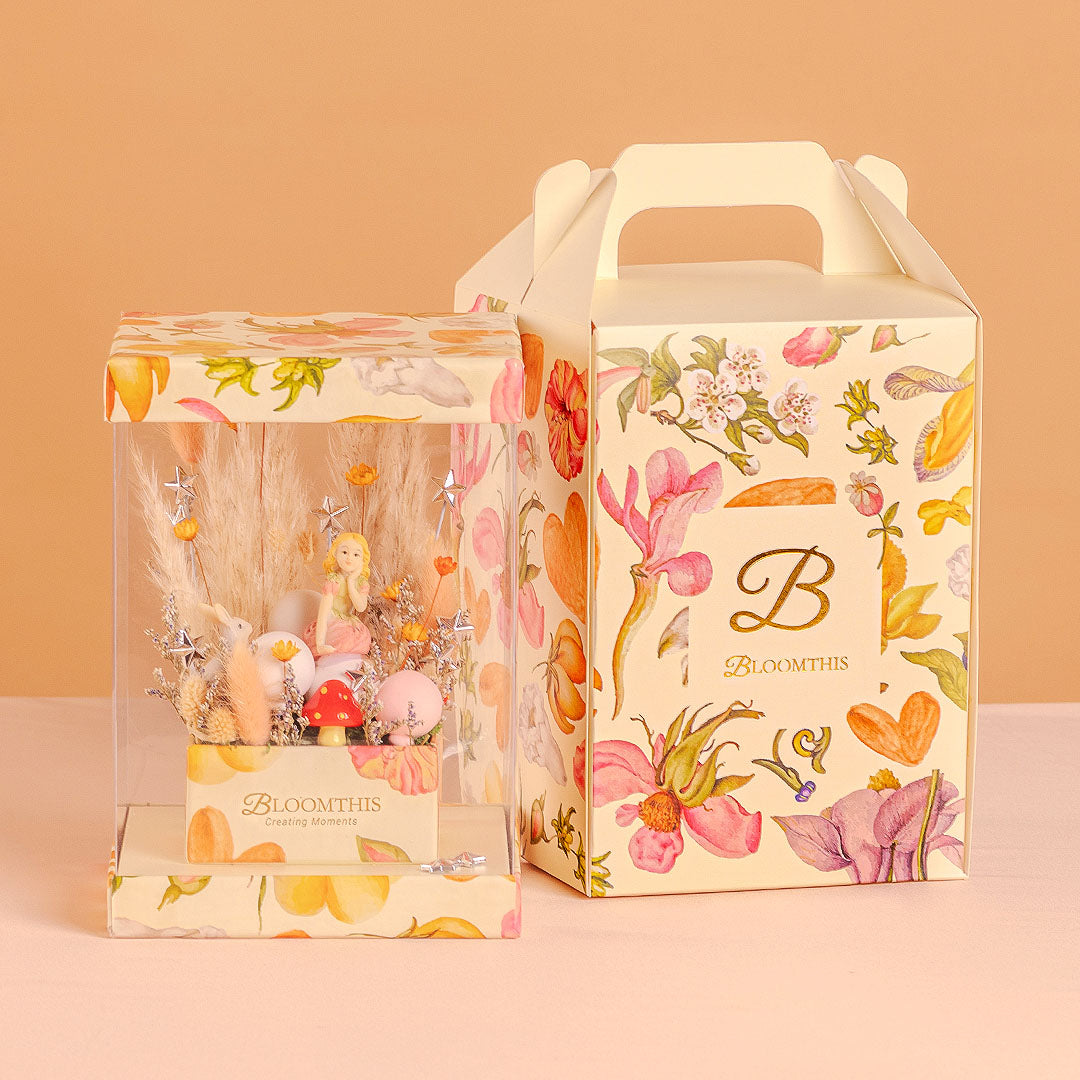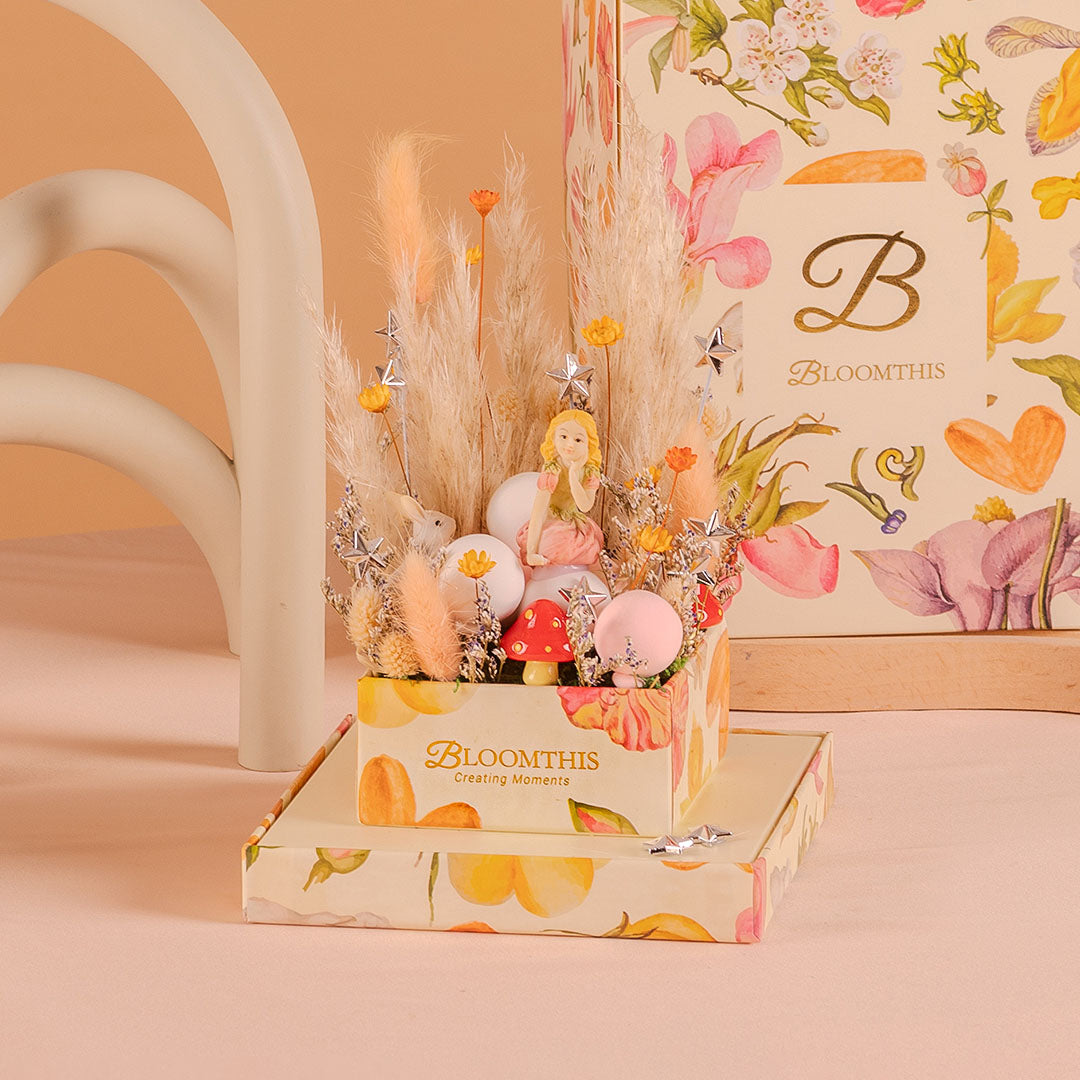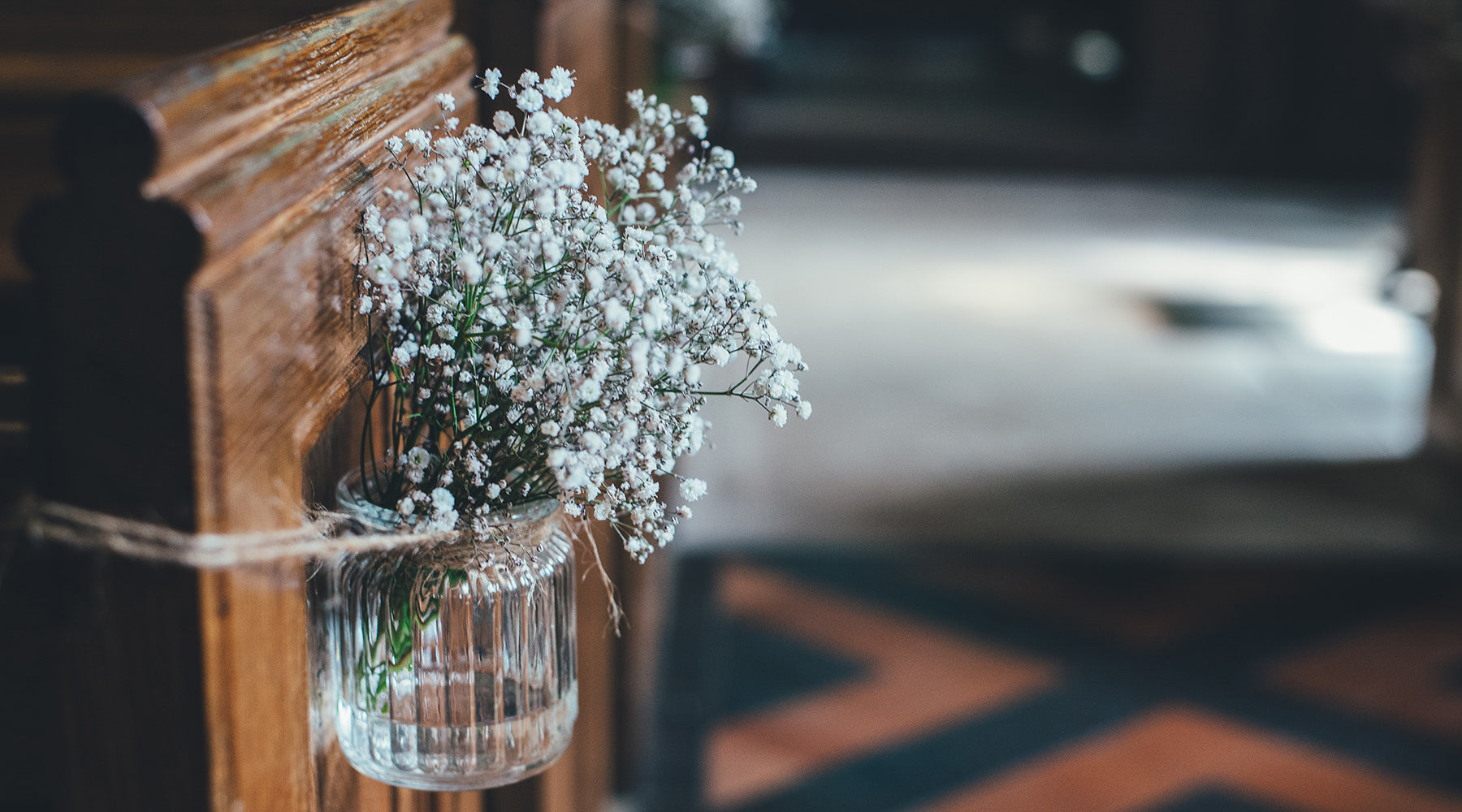
The Significance of Flowers in Different Religions
The birth place of durian, dynamic cities, beautiful beaches and rainforests packed with some of the most extraordinary species of flora and fauna aren't the only reasons that make Malaysia one of the most unique countries of all.
We are the only country in Asia that plays home to three of the major races — Malay, Chinese and Indian (plus various ethic groups) — making us multi-ethnic, multicultural and multi-religious. It’s about as diverse as it gets.
At BloomThis, we are all about creating moments of happiness whilst sharing some knowledge to show that flowers aren't just merely pretty things. They represent memories, emotions and expressions that have meaning or purpose. There's a story behind every flower.
Today we still use flowers with these meanings in mind, to give more significance to important ceremonies, including religious traditions. Flowers are a very important part of most of the major ones.
Apart from current use in religious celebrations, flowers can also often be found in religious art to add more symbolism and decorative aspects to an image.
Here’s a look at how some of the major religions use flowers.
Buddhism
Buddhism is a religion where flowers are greatly valued. The lotus has been a symbol of purity since before the time of the Buddha.
A closed bud represents a time before enlightenment, a folded soul that has the ability to unfold and open itself up to the divine truth. As the flower gradually opens with its middle still hidden, it indicates enlightenment beyond ordinary sight.
The mud below nourishing the roots represents our messy human lives where we seek to break free and bloom in the midst of our existence.
But as the flower rises, the roots and stem remain in the mud, where we continue to live out our lives.
There is a saying that goes, "May we exist in muddy water with purity, like a lotus."
Not only does rising above require a copious amount of effort but it also calls for great faith in oneself. So, along with purity and enlightenment, a lotus also represents faith.
Hinduism
Flowers remain an integral part of Hinduism with the main Hindu prayer rites called puja, which literally means “the flower act”.
Flowers are used as an offering to the gods as people believe that by offering flowers, the deity grants good health, wealth and prosperity.
There is a specific flower of each individual god. It is also said that the fragrance that comes with the flower are what pleases the gods and no Hindu worship is complete without the offering of a specific flower to different deities.
With a slight similarity to Buddhism, the lotus for example, has a deep rooted association with purity, beauty, youthfulness, and fertility.
In the Holy Scripture, The Bhagavad Gita, followers are instructed to model themselves around the lotus flower in order to maintain their sense of purity.
The lotus can be seen in Hindu temples where the goddess of wealth and prosperity, Lakshmi sits on. Offer her a Lotus flower during Diwali and she in return will grant wealth and good fortune.
One of the most prominent gods, Lord Ganesha favours Marigold flowers. It is said that Marigold is the only flower of the gods that can be divided into its petals.
It is widely used to make garlands for gods and goddesses in the Hindu religion. This flower is considered a love charm and is also used in weddings.
While it may be a Christian tradition to throw rice at weddings, Hindus throw fresh flower petals as a sign of good luck.
Christianity
Throughout history, many flowers have been used on different occasions. For the early Christians, flowers were regarded with great suspicion and were associated with decadent pagans. But as Christianity evolved, so did their ideas.
The main flower that is primarily used a lot in the Christian religion is the passion flower. A reminder of Jesus’ scourging, crucifixion and resurrection with each part of the flower representing a different aspect of the Passion of Christ.
The white lily, also known as the Easter lily, is considered to be a representation of Christ's purity and divinity. They have also been linked to the Virgin Mary symbolising her modesty and innocence.
Moreover, you may have seen Lilies commonly used during Easter, representing Christ's miraculous conception and His resurrection.
Red roses in Christianity stand for love or as a sign of Christ’s blood. For Catholics, the rose serves as a symbol of the rosary, which Catholics use during prayer and also to commemorate several important events in Christ's life.
Today, church altars are often decorated with bouquets or vases of flowers on special occasions such as christenings, Christmas and weddings.
Islam
Compared to some of the other religions, flowers are not as commonly used in Islamic culture and traditions.
There are instances where roses are chosen for funerals and marriages along with a variety of palm leaves. Roses have been a favourite due to their heavily scented fragrance and is sometimes sprinkled over new graves at the end of the rituals and religious ceremonies.
Leaves and flowers from the henna plant are used to extract a dark dye to decorate the hair and skin. Intricate floral patterns are drawn on the hands and feet of the bride before her wedding to signify good fortune and fertility.
Despite their short-lived lifespan, flowers remain a medium to express sentiments of purity, goodwill, love, beauty and honour, etc, each flower having different meanings across major religions.
We love all stories about flowers. Besides the stories behind how flowers came to be part of different aspects of life, we'd love to hear your stories too. Tell us about your experiences with flowers and its significance in your religion.




